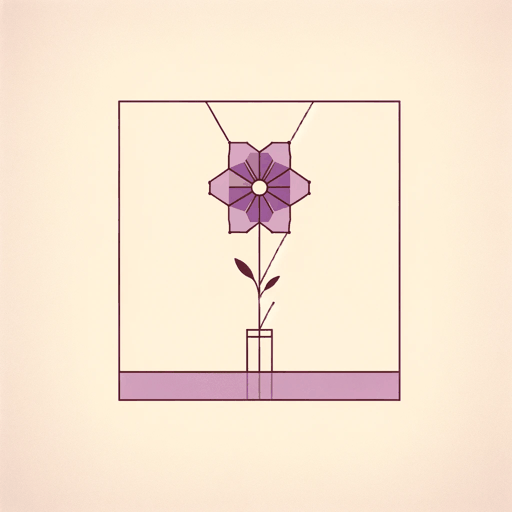50 pages • 1 hour read
Nathaniel HawthorneRappaccini's Daughter
Fiction | Short Story | Adult | Published in 1844A modern alternative to SparkNotes and CliffsNotes, SuperSummary offers high-quality Study Guides with detailed chapter summaries and analysis of major themes, characters, and more. For select classroom titles, we also provide Teaching Guides with discussion and quiz questions to prompt student engagement.
Themes
Gardens and Their Significance
Gardens and enclosed spaces are highly significant for Western culture, beginning with the Garden of Eden. Hawthorne directly references the biblical garden, alluding simultaneously to the story of Adam and Eve. According to the most widely accepted version, Eve is tempted by Satan to eat an apple, acquiring as a result the knowledge of good and evil. She, in turn, convinces Adam to also try the fruit. As a result, the two are banished from Eden into the mortal realm of suffering.
Symbolically, gardens can be interpreted as human domination over nature. In the Enlightenment period, nature was perceived as fundamentally good, albeit irrational. Elaborate garden designs were a symbolic act, forcing primeval forces into a rational and scientific pattern for the benefit of human life.
As suggested by Hawthorne’s preface, the author did not support the Enlightenment and Transcendentalist views of nature as innately good. Rappaccini’s garden is presented, at first, as a mirror or a parallel to Eden. The doctor desires to play God. Unlike the biblical garden, however, it is described as an unnatural one in the sense that the plants are cross-pollinated by humans rather than produced by nature (Paragraph 63). In this sense, Rappaccini’s creation can be seen as a perversion of Eden, offering poison rather than sustenance.
Related Titles
By Nathaniel Hawthorne
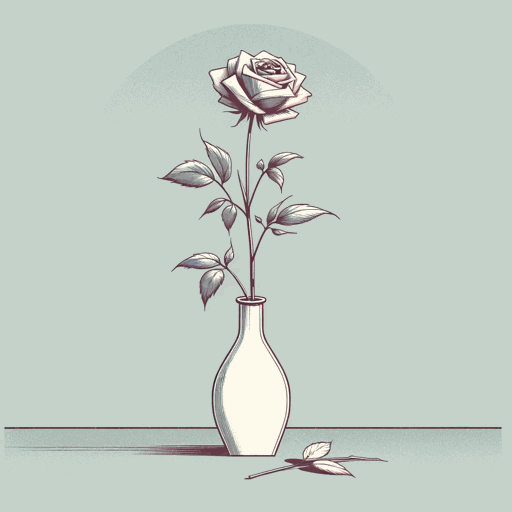
Dr. Heidegger's Experiment
Nathaniel Hawthorne
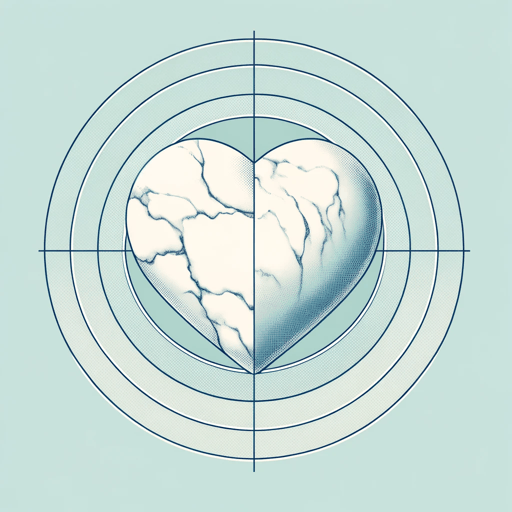
Ethan Brand
Nathaniel Hawthorne
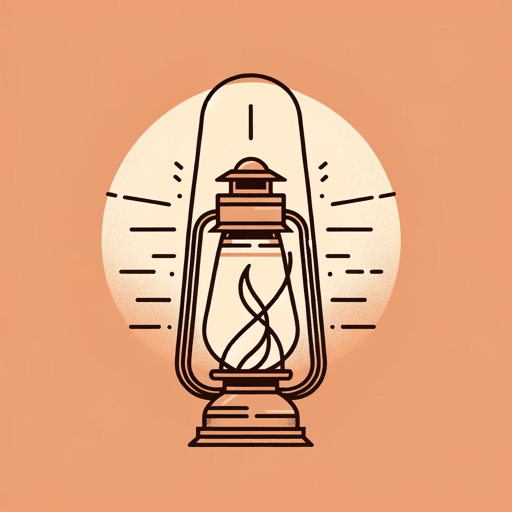
My Kinsman Major Molineux
Nathaniel Hawthorne

The Ambitious Guest
Nathaniel Hawthorne

The Artist of the Beautiful
Nathaniel Hawthorne
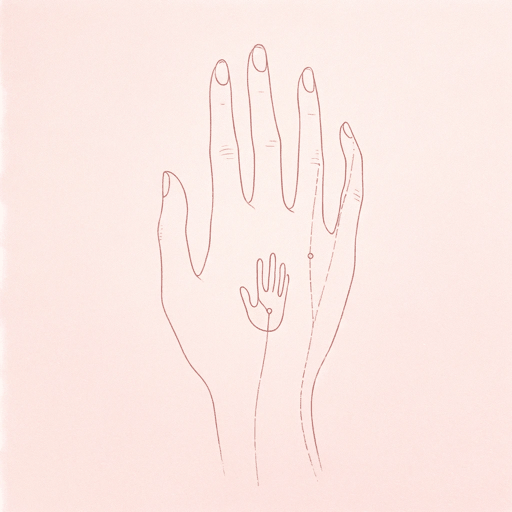
The Birthmark
Nathaniel Hawthorne
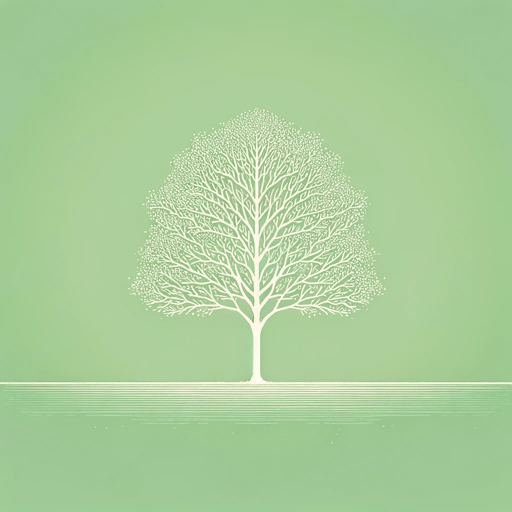
The Blithedale Romance
Nathaniel Hawthorne
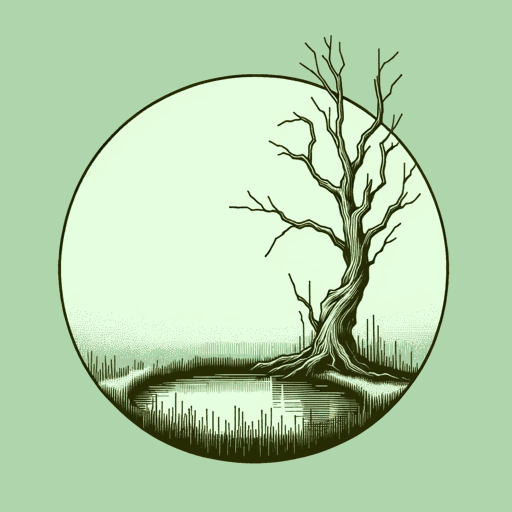
The Hollow of the Three Hills
Nathaniel Hawthorne
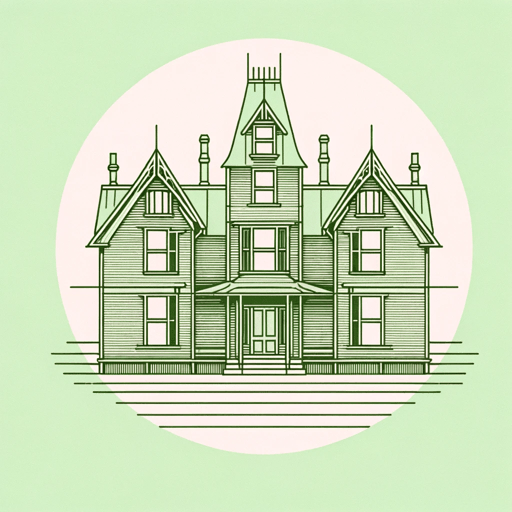
The House of the Seven Gables
Nathaniel Hawthorne
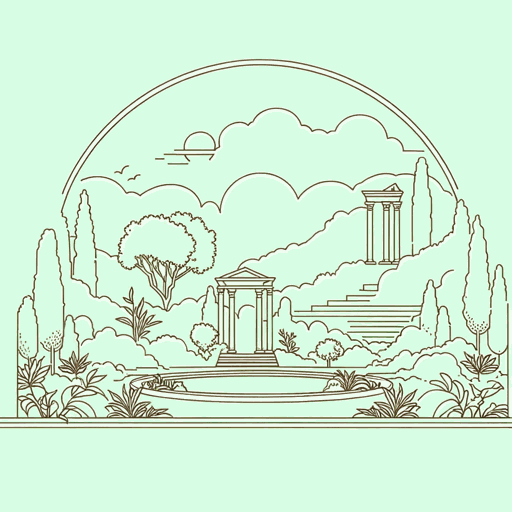
The Marble Faun
Nathaniel Hawthorne
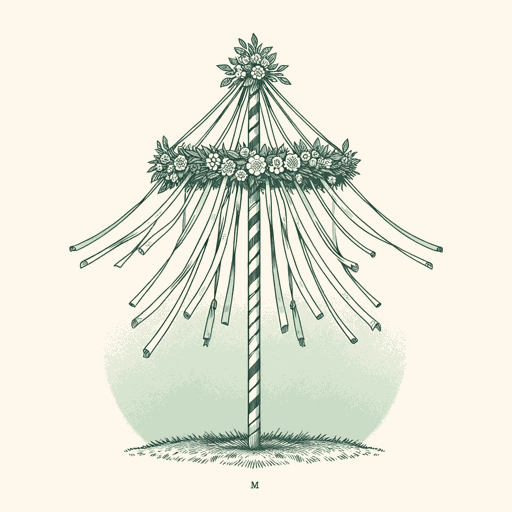
The Maypole Of Merry Mount
Nathaniel Hawthorne
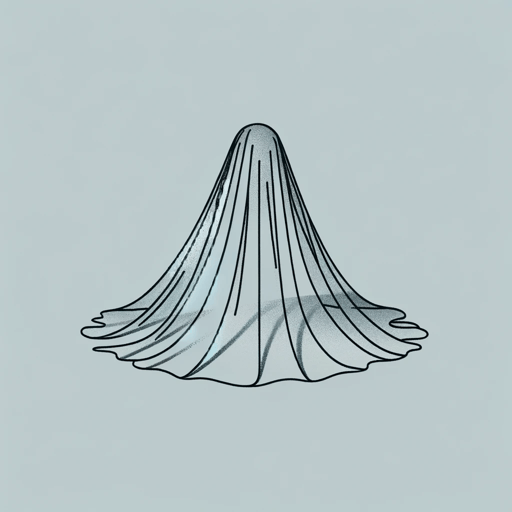
The Minister's Black Veil
Nathaniel Hawthorne

The Scarlet Letter
Nathaniel Hawthorne
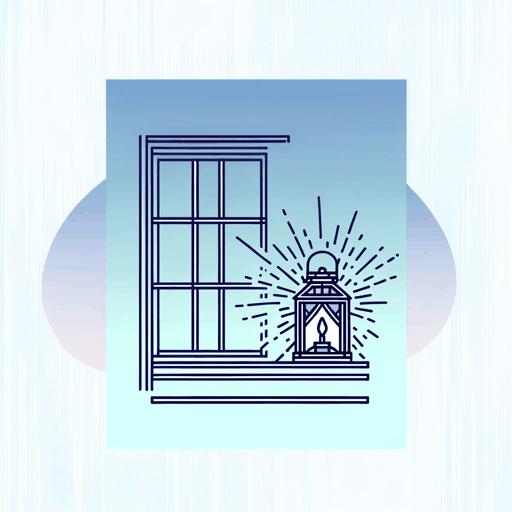
The Wives of the Dead
Nathaniel Hawthorne

Young Goodman Brown
Nathaniel Hawthorne
